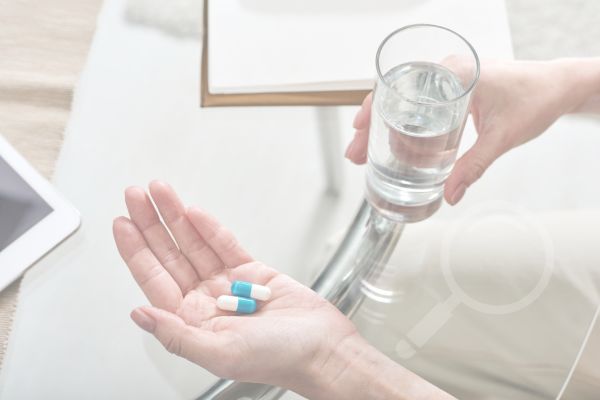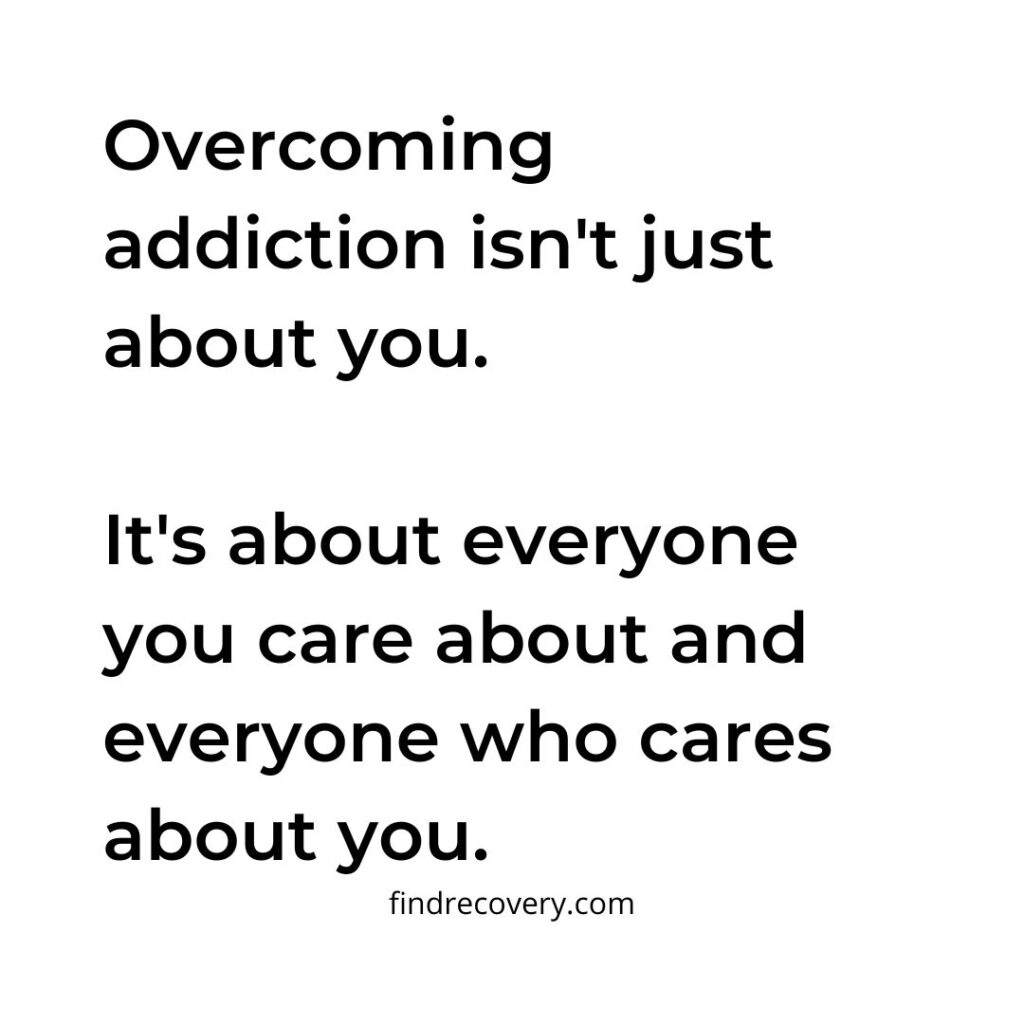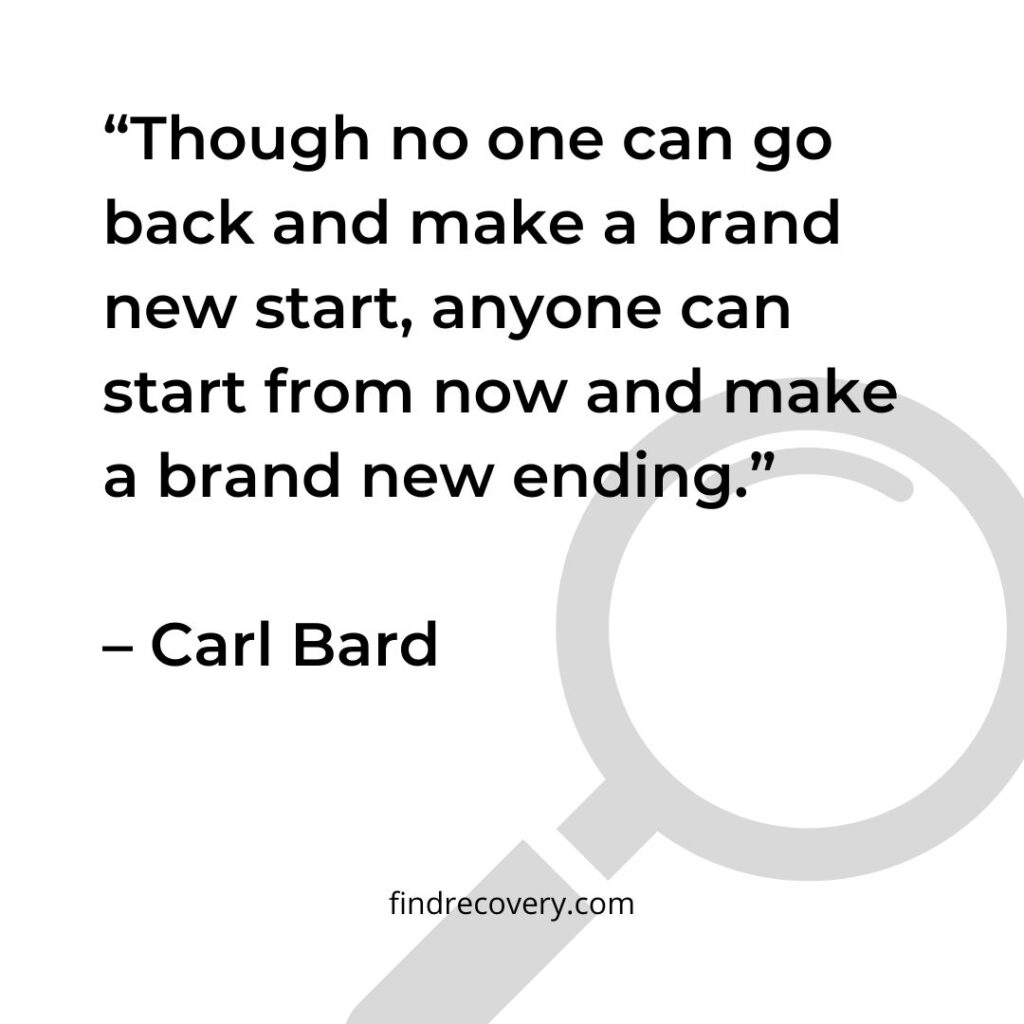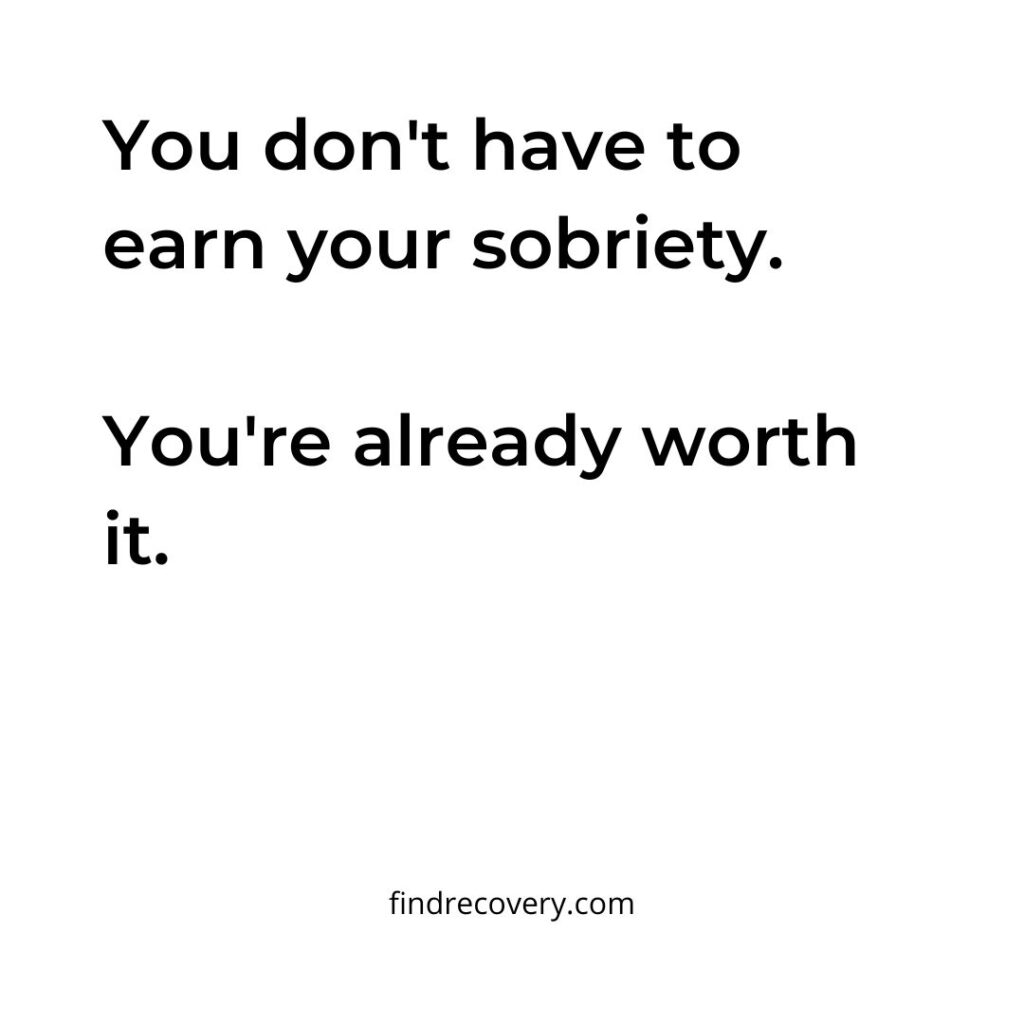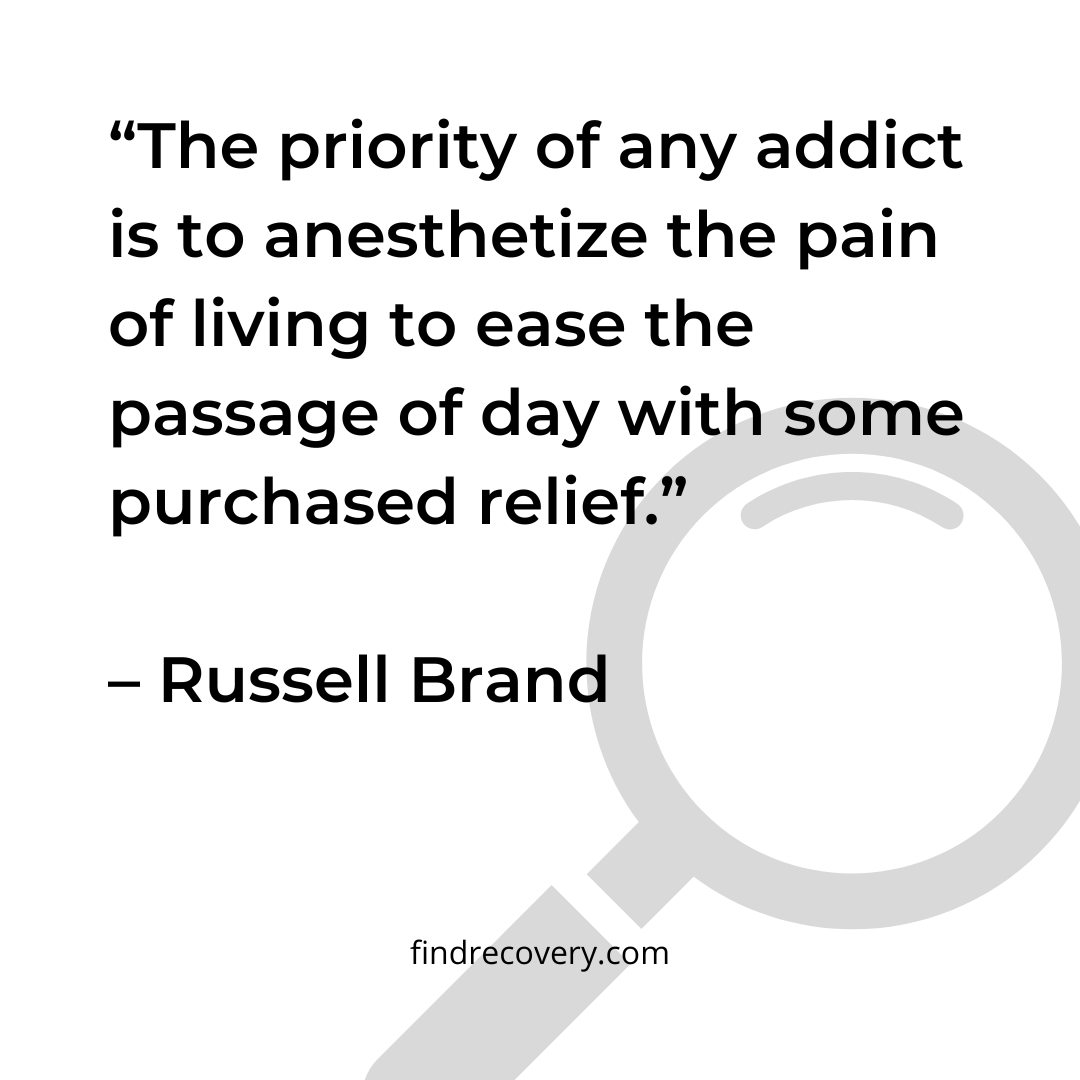The line between letting off steam after a rough day and indulging in an unhealthy coping mechanism can be a fine one. If someone you know regularly uses alcohol, prescription or recreational drugs to deal with difficult emotions, they may be engaging in a harmful behavior as self-medicating. It may seem harmless at first, especially if they’re using legal drugs or other substances that are considered socially acceptable. However, this behavior can quickly escalate into dependency or addiction. Being able to recognize the signs of self-medicating can lead to early detection of drug addiction and potentially, saving someone’s life.
What is self-medication?
Self-medicating is a behavior in which individuals use substances like drugs or alcohol to cope with emotional, mental, or physical distress. This behavior is often driven by a desire to escape discomfort or avoid confronting underlying issues. It’s common among individuals who struggle with communication or who lack a support network where they feel safe enough to express their feelings. This also goes hand-in-hand with some of the most common causes of addiction and relapse, making self-medication a strong predictor of addiction risk.
Why is self-medicating so dangerous?
Long-term self-medicating can result in serious health problems like liver damage and heart disease. However, substance abuse, even in small or sporadic uses, can still pose an immediate danger due to the nature of being drunk or high (delayed reaction speed, impaired decision making, loss of coordination and motor skill).
Further, those who self-medicate are often using drugs and alcohol with some regularity since they lack the support or communication skills to deal with their emotions in a healthier manner. It’s highly common for individuals with mental illness to engage in self-medicating behaviors, especially if their condition is undiagnosed or going untreated, which can amplify the challenges of regulating their emotions and dealing with them in a productive manner.
Relying on substances to deal with one’s feelings fails to address the underlying issue. Repeatedly avoiding the sources of difficult feelings can mean the sources of those issues go unaddressed, which can quickly cause things to become worse. This, in turn, the likelihood leading to further self-medicating, and thus, resulting in a highly destructive cycle that can quickly devolve into drug addiction.
10 Signs of self-medicating
Attempting to identify if a friend or family member is self-medicating can be challenging, as the most common signs overlap with the signs of drug addiction. Here are a few of the more subtle signs of self-medication behavior to look for:
- Seeking drugs or alcohol shortly after experiencing a conflict
- Being under the influence in inappropriate times or settlings
- Claiming to only feel “normal” or good while under the influence
- A sudden change in priorities — especially if these new priorities lead to the neglect of standing responsibilities (e.g. work, family) or hobbies.
- Self-isolation from friends and family / relationship strain
- Secretive behavior
- A preference for solitary drinking or drug use
- Increased or unexpectedly high drug or alcohol tolerance from what you know their tolerance to be
- Sudden financial problems
- Decline in their health (fatigue, sudden weight changes, or frequent illnesses)
On their own, the above signs might not seem particularly alarming. However, if you notice someone exhibiting two or more of these behaviors (especially if you’re aware that they are experiencing emotional difficulties or hardships), it could be a sign that they’re on a slippery slope of self-medicating to suppress negative emotions.
Start your recovery journey today
Recognizing the signs of self-medicating is the first step toward recovery. Developing a recovery plan that addresses both the physical and emotional aspects of substance use is essential. Key components of a include:
- Seeking professional health. Consulting a healthcare provider or addiction specialist can help you develop a personalized treatment plan to address both the substance abuse and larger behavioral issues that have resulted in problematic self-medication. Many treatment facilities enlist behavioral therapies such as cognitive-behavioral therapy (CBT) to help individuals identify triggers and develop healthier coping strategies.
- Making lifestyle changes. Healthy habits such as regular exercise, balanced nutrition, and stress management techniques can ease mental illness symptoms, which can play a large role in disrupting the self-medicating cycle. However, incorporating these healthy habits has benefits on mental health overall which can improve mood stability and emotional resilience.
- Build a support network. Surrounding yourself with supportive friends and family members is a crucial aspect of disrupting the self-medicating cycle. Knowing that there are people you can turn to in times of adversity can ease the stress of a situation and help a person feel better equipped to face the source of stress. If you’re not sure where to start, consider joining a support group such as Narcotics Anonymous (NA). Find a local NA group near you and start recovery now.
